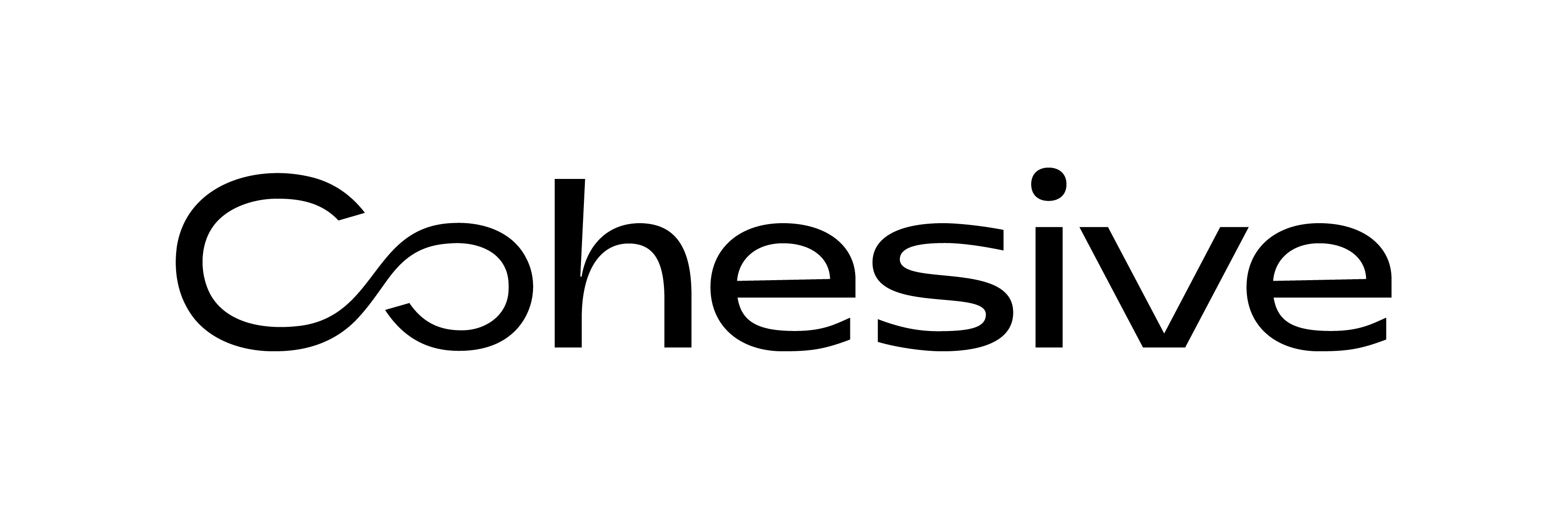
I have worked across the nuclear industry since I became a United Kingdom Atomic Energy Authority Apprentice in 1987. I have never witnessed such an opportunity for nuclear as we see today.
As nations grapple with the climate challenge, political uncertainty threatening the security of supply, and the intermittency and fragility of renewable power and our grid infrastructure, the case for nuclear as part of a balanced portfolio of green energy has never been greater.
Day to day I see amazing work being carried out across our sector from the creation of new technologies, new facility and power plant build, to decommissioning and waste management of our nuclear legacy. I still though, do not see us grasping the nettle and seizing the digital advantage staring us in the face.
We truly need to release the power of digital across the nuclear industry. I believe we don’t really have a choice if we are to be effective in everything we do and attract future industry talent into our exciting sector.
Digital – not an IT project but core business
Too often we see the ‘Digital Strategy’ buried in the organisational structure. Quite often, it resides within the IT department. Is that correct in this day and age? Why isn’t it more visible and driving the core business activities to be more effective?
The Digital Strategy should be owned by the Chief Executive and delivered by a board member, a Chief Digital Officer, or Transformation Director, for instance, with the authority to make fundamental changes to the business operating model and business architecture to drive better business outcomes.
So, why isn’t this the case?
The pace of change in the technology and digital world and its impact on driving meaningful business outcomes is enormous and not all businesses have kept pace with it. If we reflect on the skills within an organisation to embrace these advances, then we need to start at the top. We’ve moved through hiring our leadership talent using different intellectual quotients from Intelligence Quotient (IQ), to Emotional Quotient (EQ). Now the Digital Quotient (DQ) is becoming a fundamental attribute of leadership.
Don’t get me wrong, our leaders don’t need to be experts in digital technologies, but they do need to understand the fundamentals. Without these fundamentals, they are missing the opportunity to advance the organisation’s operating model and embrace new ‘ways of working’. Leadership needs to break down historic and sometimes deep-seated orthodoxies within the organisation to speed up change and embed collaborative behaviour to drive better business outcomes.
Core business capabilities and processes should be human-centric and digitally enabled, without losing sight of regulatory and safety aspects expected by the communities in which we sit. More collaboration across organisations, insight-driven decision-making and self-serve all help to drive higher productivity and create an environment of empowerment.
Roadmapping the digital journey
As an industry, we have some awesome challenges ahead of us when you consider the scale of new facility and power plant build, the development of new technologies such as fusion, the decommissioning of our nuclear legacy and the treatment and storage of our waste in an environmentally sensitive way. Who can’t be excited by this?
We see new ventures starting up to tackle these challenges. As a default, the first partners brought onto the pitch, are normally an engineering house and/or an Engineering, Procurement, Construction (EPC) Partner and we dive straight into the development of a programme and the design/licencing aspects etc.
Why isn’t there a Tier 1 Digital or Enterprise Partner in play from the start, who works across all the partners (including the client) to define the digital journey in line with the overall programme? Are we missing a trick by not mapping out our organisational development journey and digital architecture for the whole programme from the outset? How much efficiency are we losing time after time by not doing this, or by doing it after the fact and stomaching regret costs of processes, tools, and systems that can’t scale or meet the demands of the programme?
Bring in the digital/technology partners as early as possible. Allow them to invest and be part of the digitally enabled journey for the long term, bringing inspiration and new ways of working from their multi-sector experience. Agree early on the principles of data ownership, IP and value sharing with both the design and technology partners.
The power of such collaboration is truly remarkable, and the evidence is right in front of us. Look at the Covid-19 vaccine programme and the knock-on to other cures, all data-driven and digitally enabled. Look to space exploration, aerospace and defence for the advances in technology and materials science meeting the challenges of tomorrow’s world, all data-driven and digitally enabled. Let’s make nuclear data-driven and digitally enabled.
Shift left
We’ve all grown up with the term FEL (Front End Loading), a great concept that has driven better designs being delivered before manufacturing or build activities start. I’m not saying it’s perfect, but fundamentally it is a sound concept. FEL also applies to digital; for example, the more upfront design, testing, sequencing, and modelling we do in the virtual world before manufacturing, installation and construction, the better the outcome. Allow supply chain partners access to the design before the design is fixed and then hold absolute configuration of the design through the lifecycle of the programme.
This is not only the preserve of the engineering core but also applies to the build of the enterprise itself; setting out at the start of the programme how we will hire, procure, manage the money, manage the supply chain and manage the programme effectively and efficiently. It is often more cost-effective to start from a blank piece of paper than borrowing inefficient business processes from the ‘Corporate’ centre that unnecessarily burdens the programme. Your “make, buy, borrow” analysis across all the business capabilities within the enterprise requires sound early thinking and a clear organisational development roadmap in play to help steer the course.
I’ve been there when a programme is pre-FID (Final Investment Decision), and it can be a period of real stress with constrained budgets. However, to avoid bad, regretful decisions being made through this period, you must always keep the end in mind and only put in place an infant business architecture that can scale and meet the demands of the programme, even if you have to justify more spend pre-FID or make compromises, but avoid quick, cheap fixes at all costs.
Beware of the gap!
Taking a programme lifecycle view of the digital journey is so important and really comes to light as the programme transitions from one phase to the next. As programmes transition from phase to phase, for example, from design to manufacture, manufacture to build, build to first nuclear fuel, first nuclear fuel to operations for a new power plant build, you risk losing data integrity as the delivery partners change, or the tools selected don’t have the capabilities for the next phase etc.
Planning the data journey, choosing the core digital platforms from the outset and agreeing on who owns and manages the data is fundamental. Understanding what the programme partners need to deliver their scope coupled with the needs of the final operating entity should be considered carefully throughout the programme journey. Digital continuity from start to finish is an absolute must.
Release trapped value
Data is a strategic asset, which programmes and operators should seek to extract value from. Pulling data up to a common platform is an increasingly popular way to utilise the power of data analytics to drive business, programme, and plant performance.
Clear articulation of the information/data strategy, the core data platforms for use and data standards must be shared throughout the organisation and into the supply chain contracts. This avoids trapping or losing data in proprietary or unsupported supply chain systems, receiving “dumb” documents instead of data-rich records (e.g., Quality Records) or losing data completely with changes in the supply chain landscape.
Data and insights should be accessible to all those who need them. This moves better-informed decision-making closer to the point of need and drives higher performance of not only the enterprise, but the programme itself. This is a culture shift in areas such as programme controls where the weekly or monthly reports are generated automatically from raw data, with no human intervention other than providing some narrative alongside the data being presented.
In existing nuclear entities releasing the value held in legacy plant/facility information, which is often stored in archives, databases and other repositories, is a great opportunity to digitise what is required for the next phase of the plant lifecycle e.g. life-extending, decommissioning to better inform feasibility, optioneering and planning. Ultimately, this drives better outcomes in safety, cost and time. Technologies exist that can retrieve all this unstructured data and then structure it in a way that benefits the programme and the business for the long term.
Teaming
Our industry challenges are huge and exciting and cannot be met alone. We need to break down traditional ways of working and internal silos to allow for multi-party/multi-disciplinary teams to work together in a collaborative, secure environment.
A strong nuclear safety culture enables collaboration and doesn’t prevent shared information from getting into the hands of individuals/teams that need it. Quite the opposite, it drives better outcomes and better-informed decision-making, hence better quality and safety.
We have a modern and dynamic path ahead, yet the way we procure support from the supply chain is antiquated. I honestly can’t believe we still, in parts of our sector, see procurement events with no dialogue or interaction granted between parties! I grew up with this in the 1980s-90s and we’re still doing it.
This is not driving value. We need to establish longer-term and more dynamic partnerships able to deliver the strategic outcomes that we all want.
The fight for skills and services is on and it is global, so those programmes that embrace less adversarial contracting methods, and engage true partners for the long term will be the winners.
The end, or just the beginning?
Thanks for reading this and I hope some of it gives you some food for thought. The easy path is to carry on the way we are. The better path for all of our stakeholders is to challenge the orthodoxies, be brave and create an industry fit for the future.
Colin will be joining a panel discussion at the 2nd Nuclear Power Industry Congress in Warsaw, Poland on September 12. You can find more details about the conference here.
For more information on how Cohesive supports asset intensive organisations to ensure high-performing, reliable assets through data strategies and technology solutions, please complete this short form:








